
If we are teaching culture then it could, I believe, be worth examining that peak of valued culture – art. If we have an opinion about art, it should surely demonstrate something about how we view the rest of culture, and maybe also the actual process of describing what we see.
So what is art?
We know this already, there are museums and galleries full of the stuff. However, just because the world exists, does this mean we understand how the world came to exist? Or, to put it more bluntly, could we produce another one? The fact of something existing is not quite the same as knowing the whys and the hows of its existence.
Here is a test – go to some library or bookstore, physically or online, and see how many books there are explaining all about the artists, types of art and methodologies. The average small bookshop will probably have dozens, while a decent library will have hundreds, all full of interesting knowledge about how to see, recognize and do art.
Now count the number of books about how to evaluate art that is freshly painted by students, and out of those hundreds of books available to us locally there maybe half a dozen on how to look at a picture and express its worth in artistic terms. Now read one of these, and compare it to all those other art books – and we will find that while most art books have an authoritative style, those for evaluating fresh art are vague. What we see here is that most people who talk about art actually know very little about how it works. Sure, we can recite history, talk about styles and technique, but the best that we can know about something is to get the consensus of some group as to whether they like it. The key questions in this revolve around what it is that they actually like, and why.
If we randomly pull a coffee table book about a field of art that we either have no or little experience with, then we will have pages and pages of new visual experiences to enjoy, although if we ignore the text we have no way of choosing between the good and the less good, other than by previous life experience (guessing) and assuming that if it has been included in such a book it must have some worth (other people’s guesses). If the subject is something we are uncomfortable with, such as abstracts while we prefer ‘proper’ images of things, then we might override common sense and call it all rubbish. Common sense being that we all like different things, and that we know that some group of experts has stated that this set of art to be very good.
One of the elements of our upbringing is the insistence on criticizing those things outside our experience: even education participates in this by forming elites, groups, subjects, and defining what is proper and what is not. Rather like supporting a specific football team, the truth is that these groupings and the resulting denigration of other people’s choices are not about quality but just the need to feel included somewhere. Those groupings are largely random – a different upbringing would have impressed the values of a different group upon us. We take this need to belong and denigrate into our adult lives, partly disabling our ability to make good quality decisions in the process.
What this tells us is that our ability to evaluate the significance of any human activity relies heavily on being involved in some way in that activity. Relying on the opinion of someone else who is not involved is no safe guide at all; therefore we and the people we trust as sources have to go out and experience things in order to have an opinion that has any kind of value. We need the results of the actual experience, and the experience in having experiences in order to value the process of gaining experience.
The benefit to us and our students is that the more experience we gain in different groups is the discovery that there are more people out there in the world caught up in other groups who share our values – we are merely blocked from reaching them by our own, artificial barriers.
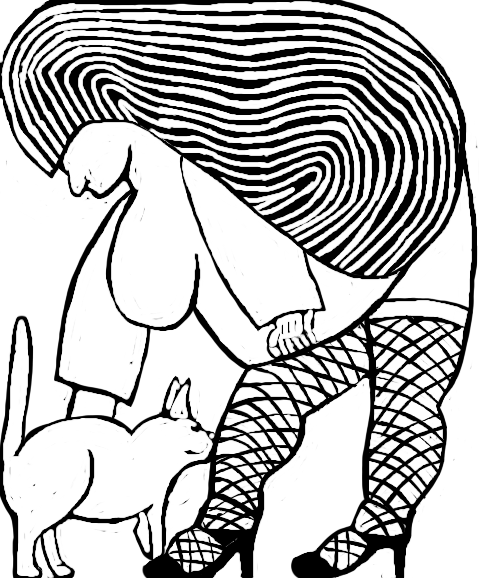

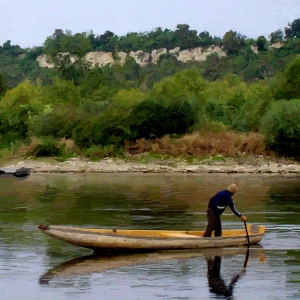
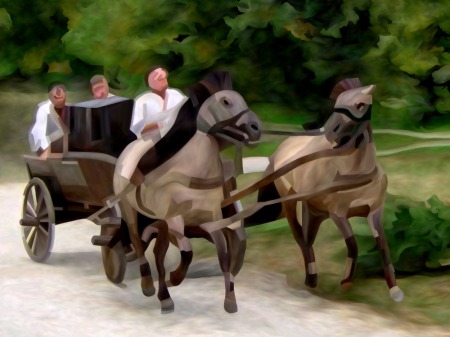
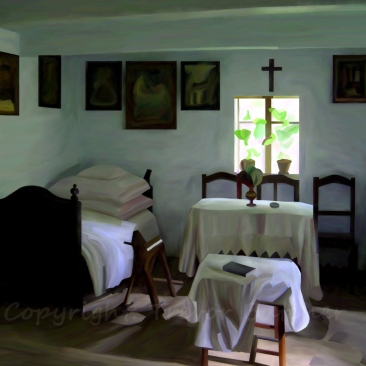
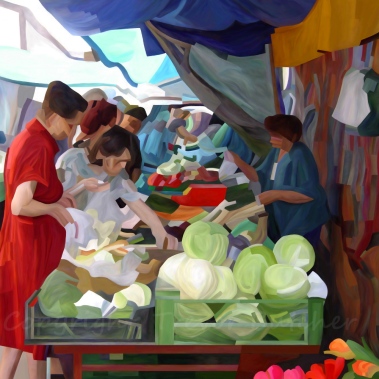
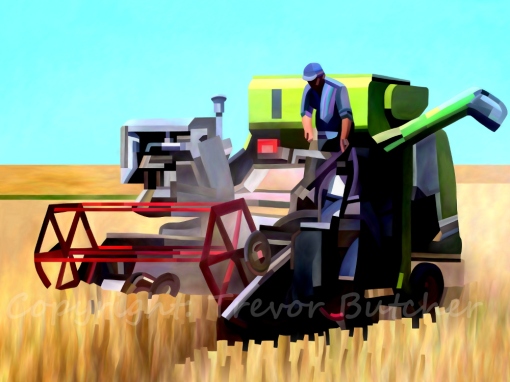
Recent Comments